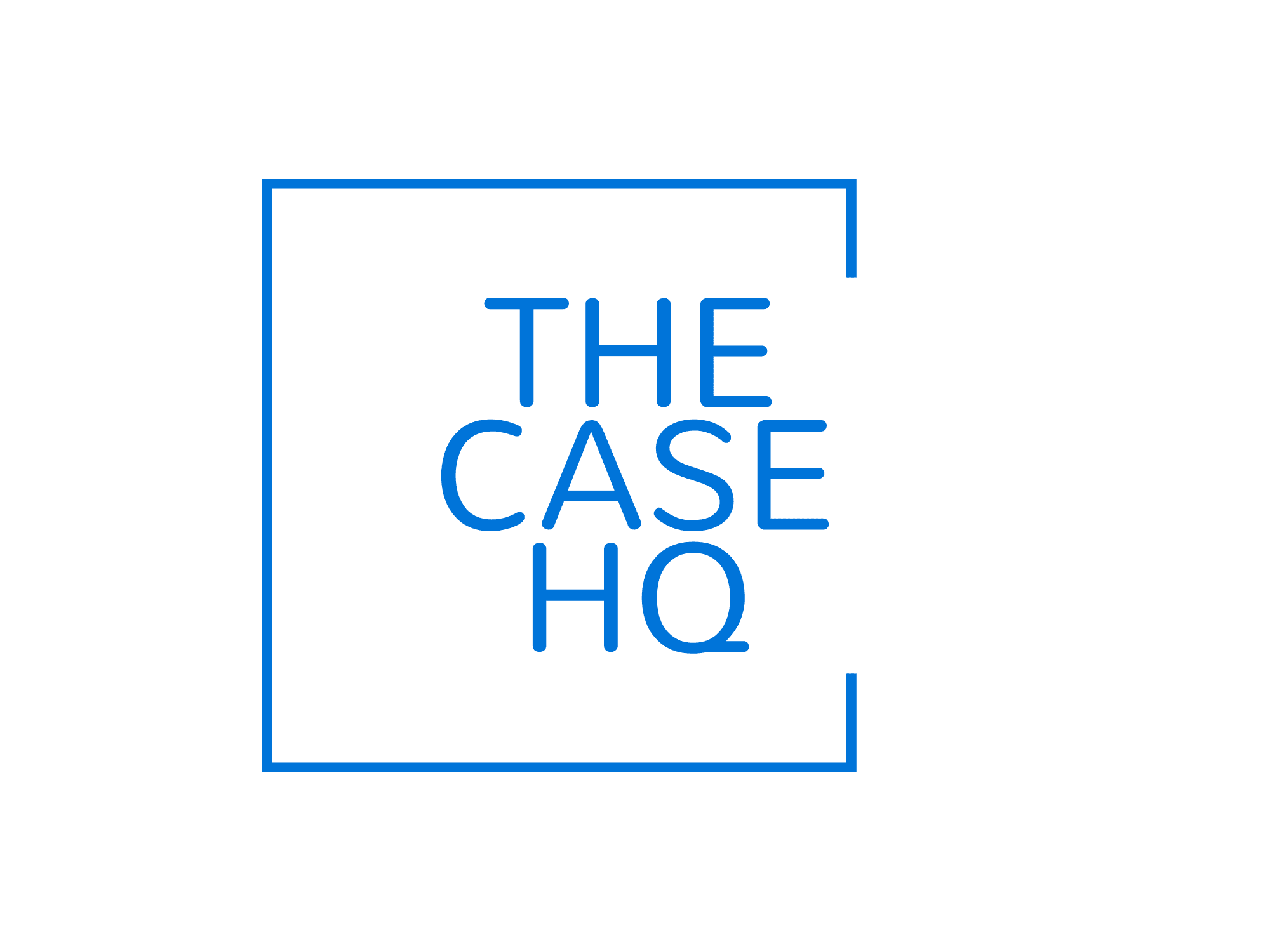As artificial intelligence transforms assessment practices, one key distinction stands out: how AI functions in evaluating STEM subjects versus Humanities disciplines. While both benefit from AI-driven tools, the nature of content, interpretation, and pedagogy means that AI assessment in STEM vs Humanities involves fundamentally different design, ethical, and technological considerations.
Educators and institutions aiming to implement AI tools must understand these differences to ensure fairness, relevance, and quality.
Critical Ethical Considerations in AI-Based Testing Every Educator Must Know
1. Nature of Content: Objective vs Subjective
STEM (Science, Technology, Engineering, Mathematics)
- Assessments are largely objective.
- Answers are often right or wrong (e.g., calculations, code output, problem-solving).
- AI systems use rule-based scoring, numerical analysis, and logic models.
Tools Used
- Automated grading engines for equations and multiple-choice
- Code evaluators and compilers
- Intelligent tutoring systems for math or physics
Humanities (Literature, Philosophy, History, etc.)
- Assessments are interpretive and subjective.
- Answers may vary by perspective, argumentation quality, and structure.
- AI must evaluate tone, context, and argument strength using natural language processing (NLP).
Tools Used
- Essay evaluators (GPT-like LLMs)
- Plagiarism detection systems
- Sentiment and coherence analysis
2. AI Capability Maturity
- In STEM, AI has achieved high accuracy in grading closed-format assessments (e.g., MCQs, problem sets).
- In Humanities, AI is improving rapidly with large language models, but struggles with:
- Creativity recognition
- Contextual nuance
- Cultural or philosophical depth
3. Types of Feedback
STEM AI Feedback
- Binary: Correct/Incorrect
- Includes step-by-step solutions
- Can recommend similar problems for practice
Humanities AI Feedback
- Narrative and qualitative
- Highlights structure, coherence, grammar, and argument strength
- May recommend rewriting or additional sources
4. Ethical Considerations
In STEM
- Low ethical risk in grading logic-based outputs
- Risks lie more in data privacy and testing security
In Humanities
- Higher risk of bias in evaluating tone, vocabulary, or political/ideological expression
- AI may misinterpret satire, irony, or cultural references
- Raises concerns around academic freedom and censorship
5. Assessment Formats
| Feature | STEM | Humanities |
|---|---|---|
| Common Formats | Quizzes, problem sets, lab simulations | Essays, reflections, discussion posts |
| AI Suitability | High (structured problems) | Moderate (open-ended expression) |
| Feedback Style | Structured, formulaic | Descriptive, contextual |
| Human Oversight | Minimal | Strongly recommended |
6. Reporting and Analytics
STEM data is easier to quantify (scores, speed, accuracy), whereas Humanities data requires qualitative insights, how well arguments are framed, how ideas evolve, and how originality is demonstrated.
AI assessment in STEM vs Humanities is not about which is better, it’s about applying the right tools with the right safeguards. STEM subjects benefit from precision and automation, while Humanities require careful handling of nuance, culture, and creativity.
Visit The Case HQ for 95+ courses
Read More:
Emerging Trends in AI-Assisted Learning Evaluation You Can’t Afford to Miss
The Evolution of Educational Assessments in the Age of AI: A Game-Changing Shift in Learning
AI and the Shift Toward Continuous, Real-Time Assessment: A Transformative Leap in Education
Revolutionising Assessment: Automating Rubric Feedback Through Generative AI
CAIBS Final Exam Guide: How the CAIBS Certification Evaluates Your Strategic Thinking
Designing Transparent Rubrics for AI-Based Evaluation: A Practical Guide for Educators
Success Story: AI-Powered Personalisation in a Business School Setting
The Impact of AI on Assessment Workloads for Educators: A Powerful Shift Toward Efficiency
Certified AI Business Strategist (CAIBS): A Complete Guide to AI Strategy Certification
Inside the CAIBS Course: What You’ll Learn in the Certified AI Business Strategist Program
Why CAIBS Is the #1 Choice for AI Business Professionals in 2025



Responses